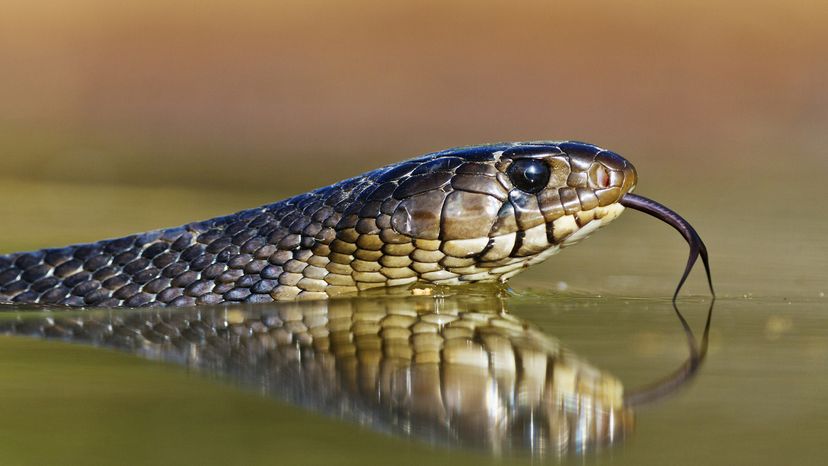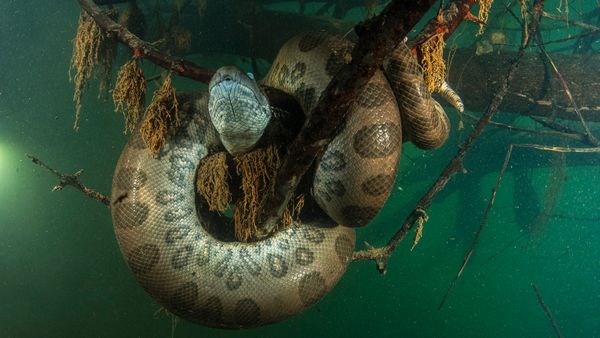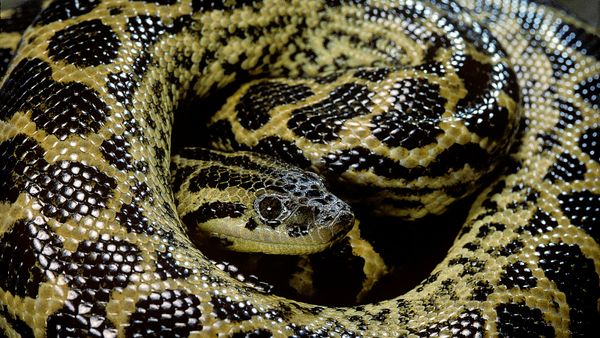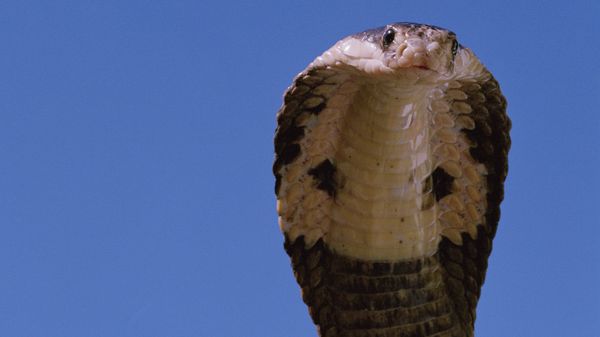The eastern indigo thrives in a range of habitats, including longleaf pine flatwoods, a habitat that has been significantly reduced and fragmented due to human activities.
These forests are characterized by open, sunny patches interspersed with areas of dense vegetation, providing the perfect balance of basking spots and cover for the snake. The sandy soils of these forests are also crucial for the snake's breeding and burrowing needs.
You can also find this federally threatened species in wetlands, including swamps, freshwater marshes and river floodplains. These wet areas are vital for providing the snake with a diverse diet, which includes small mammals, birds, amphibians and even other snakes.
The proximity to water bodies also offers a respite during hot periods and a refuge during wildfires, a natural phenomenon that shapes much of its pine forest habitat. Like many other snakes, eastern indigos are excellent swimmers.
Despite its adaptability, the snake's reliance on these specific habitats makes it vulnerable to environmental changes. Habitat destruction and fragmentation pose significant threats, highlighting the need for conservation efforts to preserve these unique ecosystems.
Gopher Tortoise Burrows: A Safe Haven for Eastern Indigos
Another critical habitat for the snake is gopher tortoise burrows, essential for shelter from predators and extreme weather, hibernation and thermoregulation. (This refers to how living things control their body heat, keeping themselves from getting too hot or cold.)
The extensive underground tunnels excavated by gopher tortoises play a vital role in providing shelter and habitat for eastern indigo snakes and other wildlife species, especially in southern Georgia and northern Florida.
Snakes seek refuge within these burrows during adverse weather conditions or to evade predators. The burrows also attract rodents and other small animals seeking refuge or food, providing the snakes with a reliable source of prey.
Finally, gopher tortoise burrows can function as nesting sites for female eastern indigo snakes.



